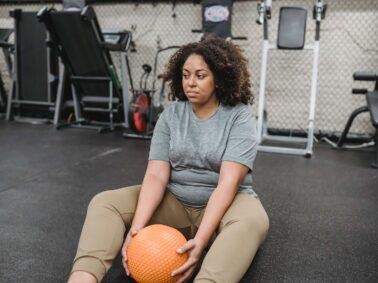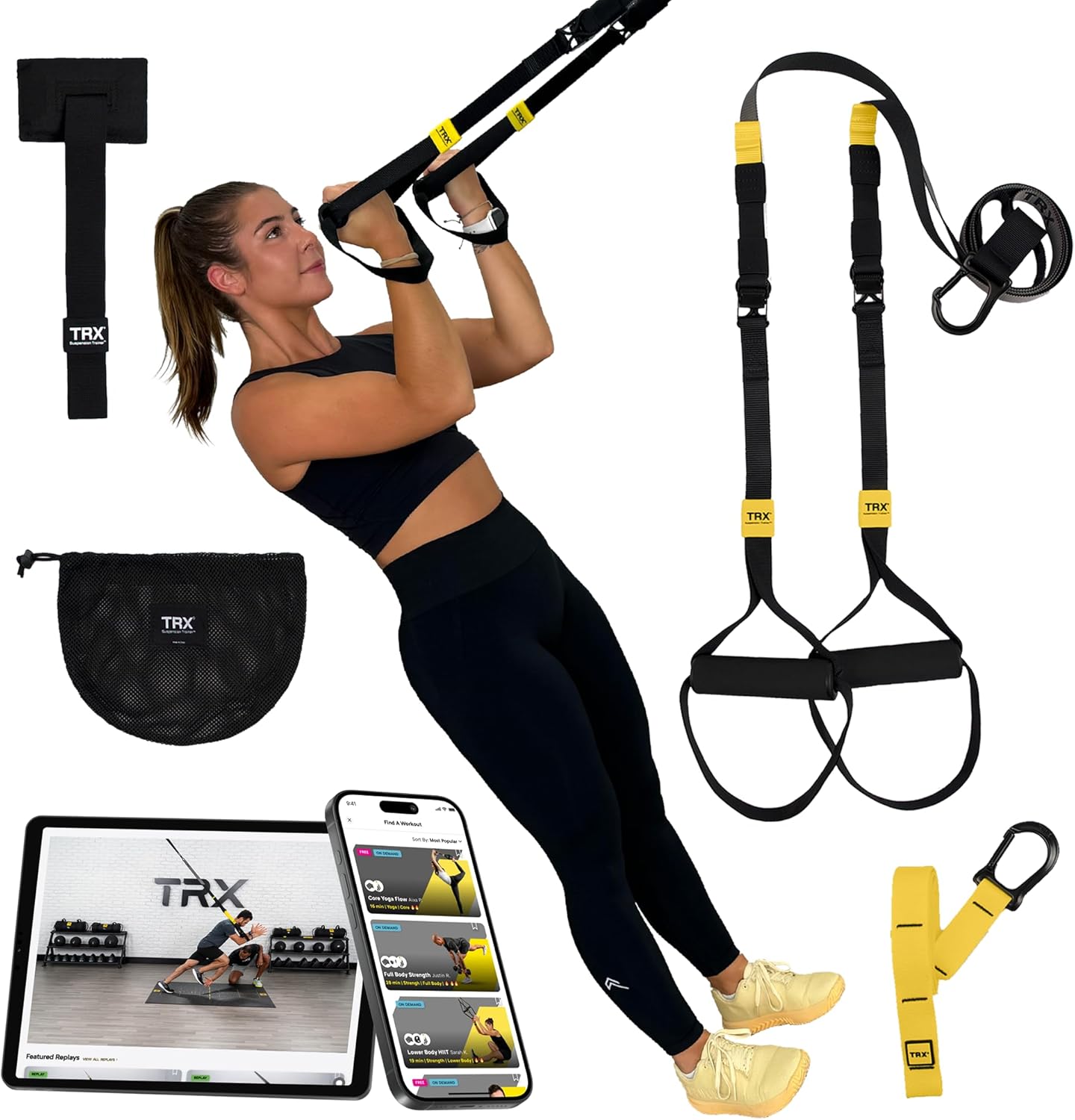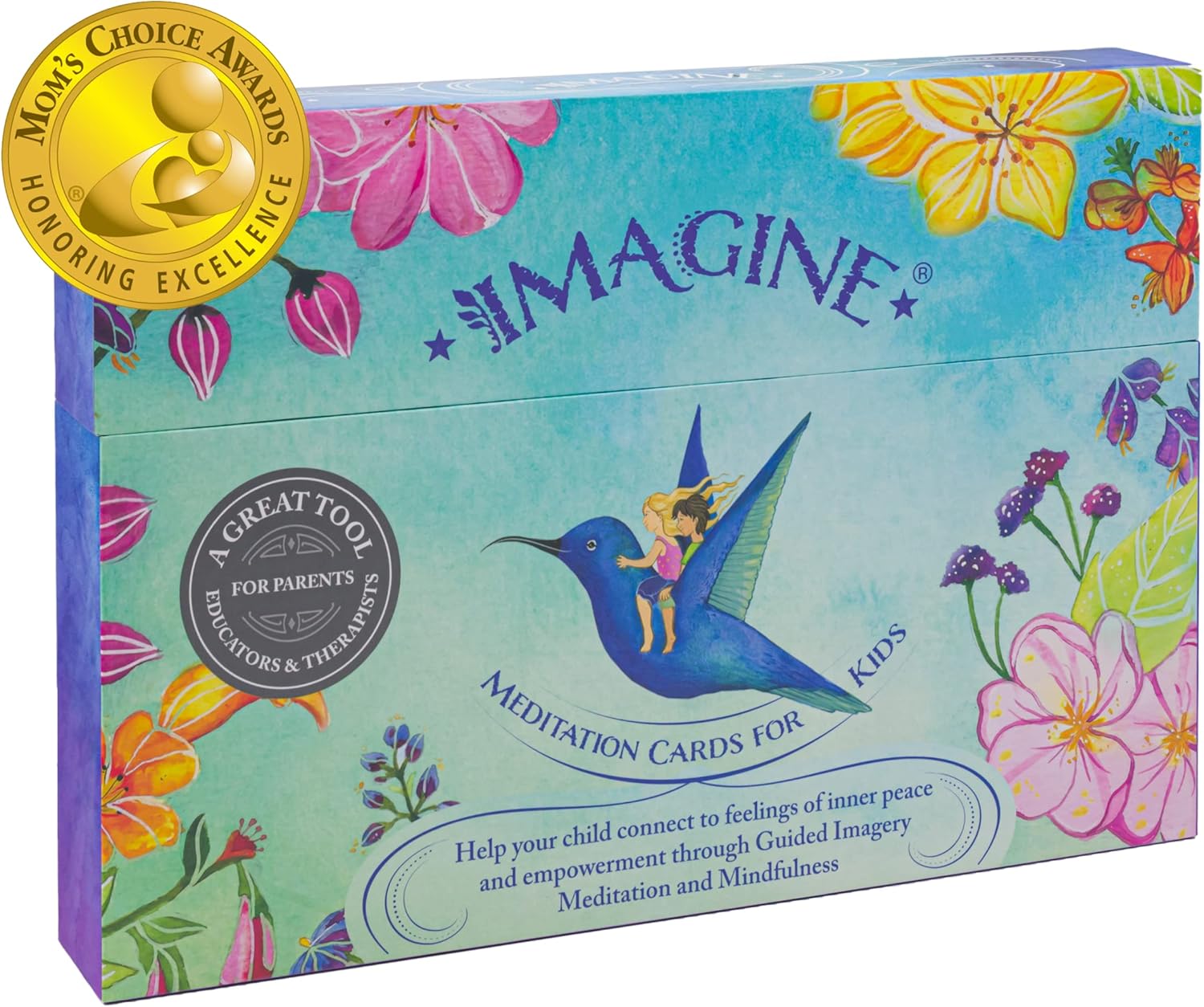Functional fitness is a buzzword that is gaining popularity among health enthusiasts. It is a type of exercise that trains the body to perform everyday activities more efficiently. Unlike traditional fitness approaches, which focus on isolated muscle groups, functional fitness aims to improve overall body strength, coordination, and balance. Let's explore the science behind functional fitness and how it can improve your daily life.
Part 1: Understanding Functional Fitness
What is functional fitness?
Functional fitness is a type of exercise that focuses on movements that mimic everyday activities. The goal of functional fitness is to improve overall body strength and flexibility, allowing individuals to perform activities efficiently in their daily lives.
Functional fitness is different from traditional exercise in that it emphasizes movements that have practical applications in daily life. For example, lifting a heavy bag of groceries or pushing a lawnmower requires a different set of movements and muscles than simply lifting weights in a gym. Functional fitness takes this into account, and focuses on developing strength and flexibility in the muscles and joints that are necessary for these types of movements.
Overall, functional fitness is an excellent way to improve your physical health and well-being. Whether you're a young athlete looking to improve your performance, or an older individual hoping to maintain your independence and quality of life, functional fitness can help. By emphasizing practical movements and overall body strength, functional fitness can help you feel more confident and capable in your daily life.
The benefits of functional fitness

The benefits of functional fitness are numerous. It can improve overall body strength, cardiovascular health, balance, coordination, and posture, as well as increase muscle endurance and power. Additionally, it can aid in weight loss as it helps maintain a healthy weight, and the development of a lean physique.
Functional fitness is beneficial for people of all ages, but it is particularly helpful for the target age group of older individuals, as it can improve longevity and quality of life. This can be especially important as you age, when everyday activities can become more challenging and since it can improve your balance and coordination, it can help you prevent falls.
The science behind functional fitness
Functional fitness is based on the principle of "specificity," which means that the body adapts to the specific demands placed on it. By training the body to perform everyday activities more efficiently, functional fitness helps the body adapt to the demands of daily life. Functional fitness also incorporates the principles of "progressive overload," which means gradually increasing the intensity of the workout to challenge the body.
Part 2: Building a Strong Foundation
Step 1: Assess your current fitness level
When it comes to creating a personalized functional fitness plan, the first step is to assess your current fitness level. This is important because it allows you to determine your strengths and weaknesses, which will help you create a plan that is tailored to your specific needs and goals.
To start, consider the different components of functional fitness, such as your current ability to perform everyday activities, your body strength, energy levels and flexibility. For at least one week, take note of how well you perform these movements and exercises and which of these activities you find challenging. This will give you an idea of your current fitness level and where you need to improve.
Step 2: Establishing your fitness goals
When it comes to establishing your fitness goals for a personalized functional fitness plan, there are a few key things to keep in mind. First, it's important to consider your current fitness level and any strengths and weaknesses that you may have identified in your assessment. Next, think about what you want to achieve through functional fitness and how it can benefit you in terms of overall body strength, flexibility, and the ability to perform everyday activities efficiently.
It's also important to consider your target age group and any potential health concerns or limitations that may need to be taken into account when creating your fitness goals. For example, older people may have different needs and goals than younger individuals, and it's important to keep these in mind when planning your workouts.
When establishing your fitness goals, be specific and realistic. Consider both short-term and long-term goals, and break them down into smaller, achievable milestones to help keep yourself motivated and on track. It's also important to consider the benefits of functional fitness and how it can contribute to longevity and overall health and wellbeing.
Remember, your fitness goals should be tailored to your individual needs and preferences. Whether you're looking to improve your overall fitness level, train for a specific sport or activity, or simply feel better and more confident in your everyday life, functional fitness can help you get there. Setting clear fitness goals can help keep you motivated and on track and help you stay focused and measure your progress.
Having clear goals will help you create a plan that is focused and effective.
Step 3:Creating a personalized functional fitness plan
After you have assessed your current fitness level and determined your fitness goals, it's time to create a personalized functional fitness plan. This plan should be tailored to your specific needs and goals, taking into account your strengths and weaknesses.
Consider the types of exercises and movements that will help you achieve your goals. For example, if your goal is to improve your overall strength, you may want to focus on resistance training exercises that target different muscle groups. If you want to improve your flexibility, you may want to incorporate stretching and mobility exercises into your routine.
Remember, a personalized functional fitness plan is not a one-size-fits-all solution. It should be tailored to your specific needs and goals, and should take into account your current fitness level and any limitations or health concerns you may have. By taking the time to assess your current fitness level and create a personalized plan, you can achieve your fitness goals and improve your overall health and wellbeing.
Part 3: Functional Fitness Workouts
Functional fitness workouts are designed to enhance your ability to perform everyday activities by focusing on movements that mimic those activities. Here are some sample workouts you can try based on your fitness level:
For beginners:
- Squats
- Lunges
- Push-ups
- Planks
- Deadlifts
- Step-ups
- Rows
For intermediate:
- Burpees
- Box jumps
- Kettlebell swings
- Medicine ball slams
- Pull-ups
- Dumbbell snatches
- Battle rope exercises
For advanced:
- Plyometric exercises, such as jumping lunges or jump squats
- Olympic lifting, such as power cleans or snatches
- Handstand push-ups
- Muscle-ups
- Barbell complexes
- Sled pushes or pulls
- Strongman exercises, such as tire flips or farmer's carries
When creating your own functional fitness workout, consider incorporating a mix of exercises that target different muscle groups and movement patterns. Don't forget to warm up before each workout and cool down afterward with some stretching or foam rolling.
Part 4: Nutrition for Functional Fitness
While exercise is important for functional fitness, proper nutrition is equally crucial. Here are some tips for fueling your body for optimal performance:
- Eat a balanced diet with plenty of whole, nutrient-dense foods, such as fruits, vegetables, lean proteins, and healthy fats.
- Avoid processed foods and excess sugar, which can lead to inflammation and decreased energy levels.
- Hydrate properly before, during, and after your workouts.
- Consider incorporating supplements, such as protein powder or creatine, into your diet to support muscle growth and recovery.
Remember, nutrition is not a one-size-fits-all approach. It's important to listen to your body and adjust your diet based on your individual needs and goals.
Part 5: Recovery and Injury Prevention
Rest and recovery are just as important as exercise when it comes to functional fitness. Here are some tips for recovering properly and preventing injuries:
- Make sure to get enough sleep each night to allow your body to repair and recover.
- Incorporate rest days into your workout schedule to give your muscles time to rest and rebuild.
- Use foam rollers, massage balls, or other tools to target sore or tight muscles.
- Stretch regularly to maintain flexibility and prevent injuries.
- Listen to your body and avoid pushing yourself too hard, too fast.
In the event of an injury, seek medical attention and modify your workouts as necessary to avoid exacerbating the injury.
Part 6: Staying Motivated and Overcoming Plateaus
Staying motivated and overcoming plateaus can be a challenge, but it's important to keep pushing yourself to reach your fitness goals. Here are some strategies for staying motivated and overcoming plateaus:
- Set specific, measurable goals and track your progress.
- Mix up your workouts to avoid boredom and keep challenging your body.
- Join a fitness community or hire a personal trainer for accountability and support.
- Practice mindfulness and self-care to reduce stress and promote overall wellbeing.
- Celebrate your progress and small victories along the way.
Recommended Functional Fitness Products
Ad
Functional fitness is not just about building muscle or burning calories – it's about improving your overall health and wellbeing by enhancing your ability to perform everyday activities. By incorporating functional fitness into your workout routine and prioritizing proper nutrition and recovery, you can become stronger and more capable in all aspects of your life.



